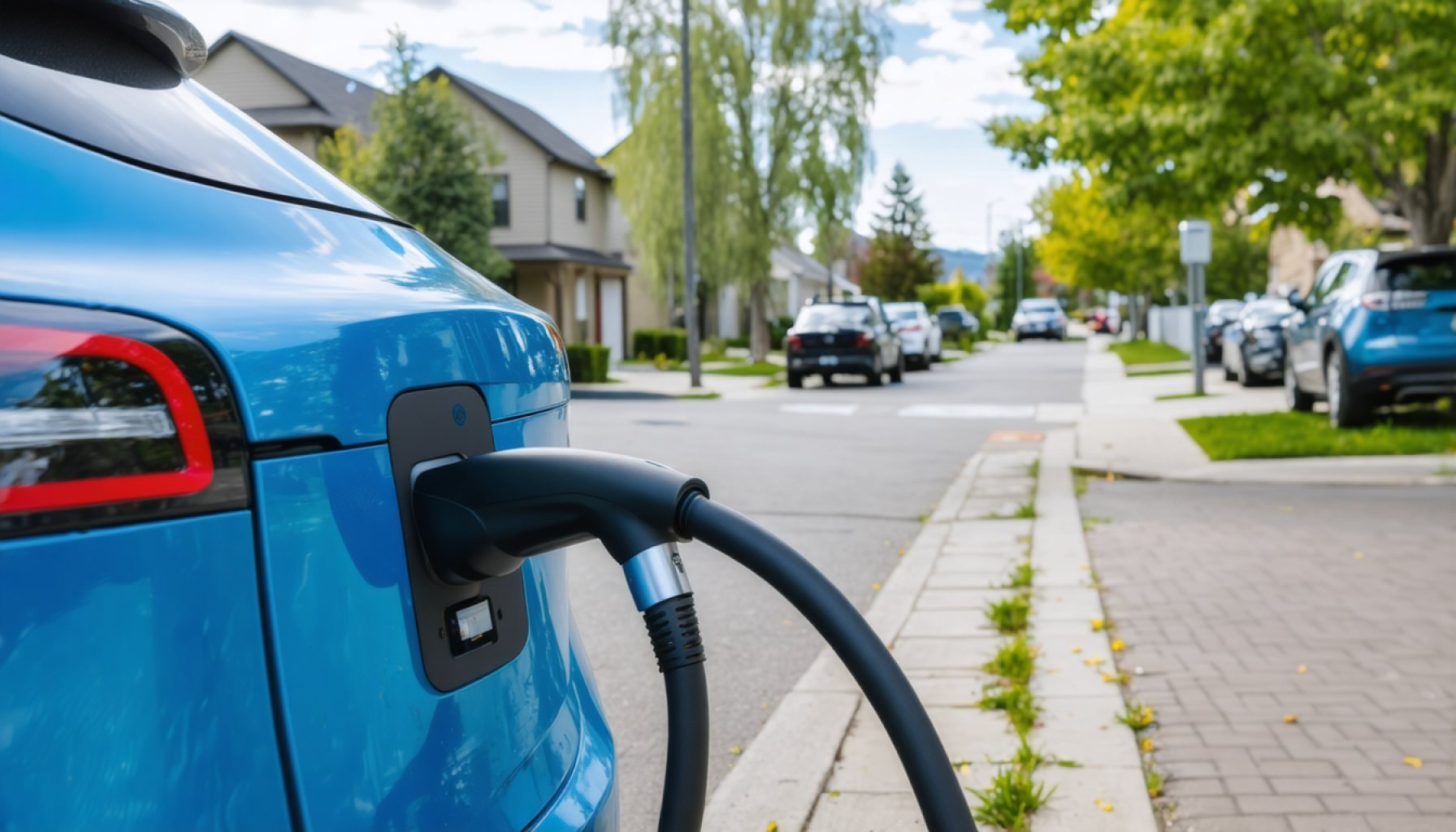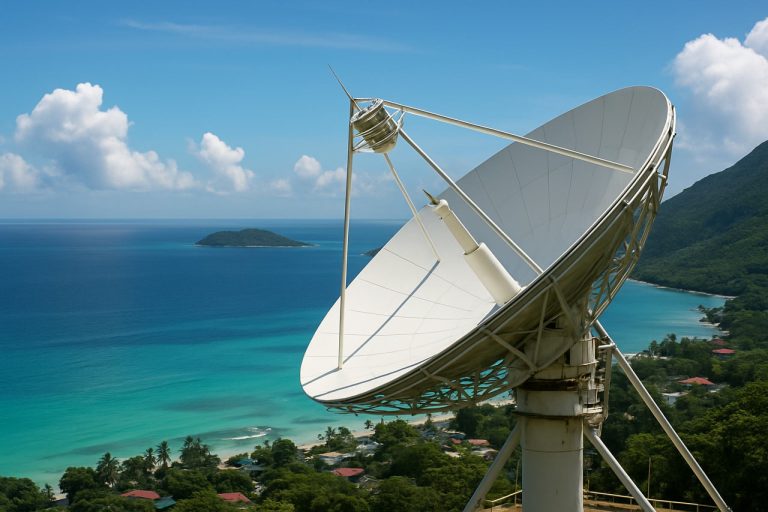
- The Biden administration plans to reshape EV charging infrastructure with proposed tax credits.
- The Treasury Department’s rule builds on the Inflation Reduction Act of 2022.
- Homeowners can receive up to $1,000 per EV charger installed; businesses up to $100,000.
- The plan targets inclusivity, with benefits extended to two-thirds of the U.S., including economically challenged areas.
- The initiative aims to reduce emissions in the transportation sector, the largest source of U.S. climate-warming emissions.
- If implemented, charging could become as simple as parking at home or work, transforming daily routines.
- The public comment period for this proposal ends in mid-November, marking a pivotal step towards a sustainable future.
An electric vehicle renaissance is quietly brewing across the United States, with the Biden administration crafting a plan that could dramatically reshape how Americans charge their cars. Central to this effort is a proposed rule by the Treasury Department, which could unlock a treasure trove of tax credits for those who install electric vehicle (EV) chargers. These credits promise a boon for both homeowners and businesses, breathing new life into charging infrastructure nationwide.
The proposed rule builds on the momentum of the Inflation Reduction Act of 2022, envisioning a future where electric chargers find homes in urban and rural landscapes alike. Imagine every corner of America—from bustling city streets to quiet suburban driveways—dotted with stations ready to power the next wave of EVs. Homeowners could tap into savings of up to $1,000 per charger, while businesses stand to gain a staggering $100,000 per installation.
Picture a neighborhood warehouse basking in the glory of its newly installed EV chargers, offering a cleaner future for communities often plagued by the fumes of gas-powered delivery trucks. The incentives are particularly attractive for such locations, poised to entice businesses across the country to embrace this electrifying change.
Beneath the Treasury’s guidance lies a strategic push towards inclusivity—one that targets economically challenged and non-urban corners of the nation. By defining “census tracts” in an expansive manner, roughly two-thirds of the United States could be eligible for benefits, translating into a significant thrust toward eco-friendly vehicle alternatives.
The aroma of progress is tangible; advocates foresee a future where tax credits extend the allure of EVs far beyond eco-conscious circles. The transportation sector, the heavyweight champion of U.S. climate-warming emissions, stands on the verge of transformation. Clean energy enthusiasts argue that these credits will form the backbone of this change, driving a shift that’s as good for the planet as it is for job creation.
But what does this mean for the average driver or business owner? It means charging your electric vehicle could soon be as simple as parking. No more detours to a public charging station miles away; at home or at work, your vehicle will sip electrons while you carry on with life’s daily routine. Albert Gore of Zero Emission Transportation Association envisions a world where charging an EV becomes just another part of the background, effortless and unobtrusive.
The clock on the public comment period is ticking—a mid-November deadline allows stakeholders to weigh in on what could become a seminal moment in America’s clean energy journey. As the nation stands on the cusp of an electric future, this proposal marks a pivotal step. More than just a tax break, it’s an invitation to imagine a cleaner, more sustainable future, where every drive leaves the world a little greener.
Electric Vehicle Charging Revolution: Unlocking Potential and Overcoming Challenges
Expanding Charging Infrastructure: The Game-Changer for Electric Vehicles
The electric vehicle (EV) industry is experiencing dramatic shifts, driven partly by the Biden administration’s innovative policies to enhance charging infrastructure nationwide. Central to this effort is a proposed Treasury Department rule aiming to provide substantial tax credits for EV charger installations. By building on the Inflation Reduction Act of 2022, this proposal has the potential to transform America’s transport landscape, making it more eco-friendly and accessible.
Key Features and Incentives
1. Substantial Tax Credits: Homeowners can expect savings of up to $1,000 per charger, while businesses can gain up to $100,000 with this incentive. A significant number of Americans will find it economically viable to install personal or commercial charging stations.
2. Targeted Inclusivity: The proposal emphasizes reaching economically disadvantaged and rural communities, expanding access to cleaner transportation options. By including two-thirds of U.S. census tracts, the plan ensures broad inclusivity while encouraging eco-friendly adoption.
3. Market Response: The increased charger accessibility could stimulate the EV market, prompting a rise in EV sales. This growth is likely to foster innovation in EV technology and battery lifespan.
Pressing Questions and Insights
– How Will This Affect the Average Consumer? For the average driver, this means potentially having convenient access to charging stations at home or work, reducing dependency on public charging networks and diminishing “range anxiety.”
– Environmental Impact: According to the EPA, transportation is a leading cause of climate change. By increasing EV adoption, there’s a tangible opportunity to significantly reduce greenhouse gas emissions and fossil fuel reliance.
– Economic Ramifications: The incentives could lead to job creation within the clean energy sector, addressing manufacturing, installation, and maintenance of charging infrastructures.
Industry Trends and Predictions
– Growth in EV Sales: As installation prices drop and infrastructure becomes abundant, EV sales are expected to surge, following trends observed in regions like Europe and China where infrastructure is robust.
– Advancements in Charger Technology: We can expect rapid technological advancements to meet heightened demands, focusing on faster charging times and integrating renewable energy sources.
Practical Recommendations
– For Homeowners and Businesses: Consider installing EV chargers to capitalize on tax credits and help future-proof your property while contributing to sustainable living.
– Engage in Public Comment: Stakeholders, including community leaders and business owners, are encouraged to submit their opinions and recommendations by mid-November to help shape the policy.
– Stay Informed: Continuously monitor announcements from credible sources like the Department of Energy and the Zero Emission Transportation Association.
Challenges and Limitations
– Infrastructure Costs: Despite credits, upfront costs can still deter some potential adopters, especially smaller businesses without immediate capital.
– Reliability and Grid Impact: Widespread EV adoption could strain the current power grid; hence, grid upgrades and renewable energy sources are essential.
Conclusion
This sweeping initiative by the Treasury is not just a tax benefit but a pivotal move towards a cleaner and more inclusive future. By embracing these changes and investing in the potential of EVs, individuals, and businesses alike can enjoy financial benefits while contributing to environmental sustainability.
For more information on electric vehicles and sustainable transportation developments, visit the Department of Energy or the Zero Emission Transportation Association.



